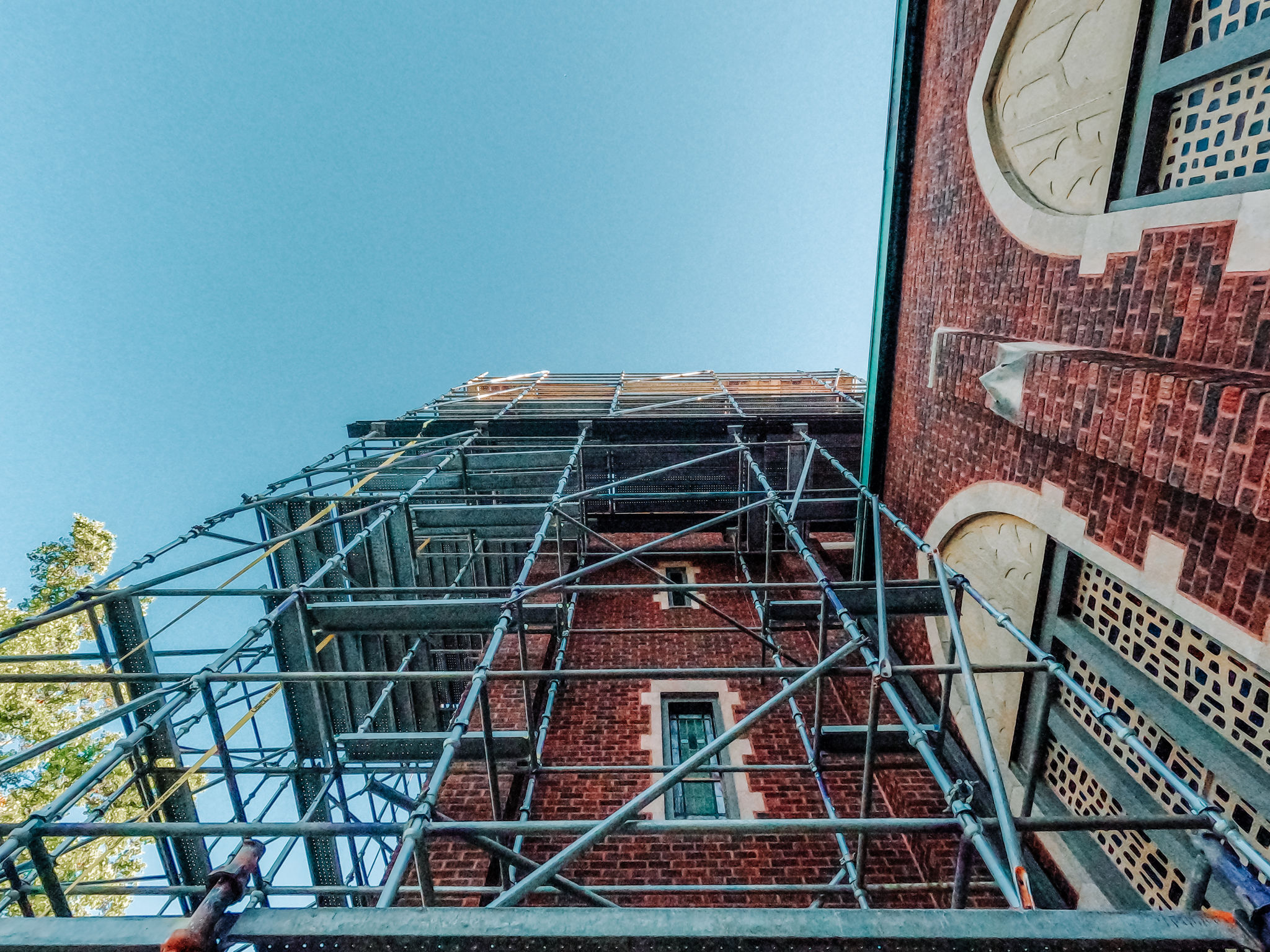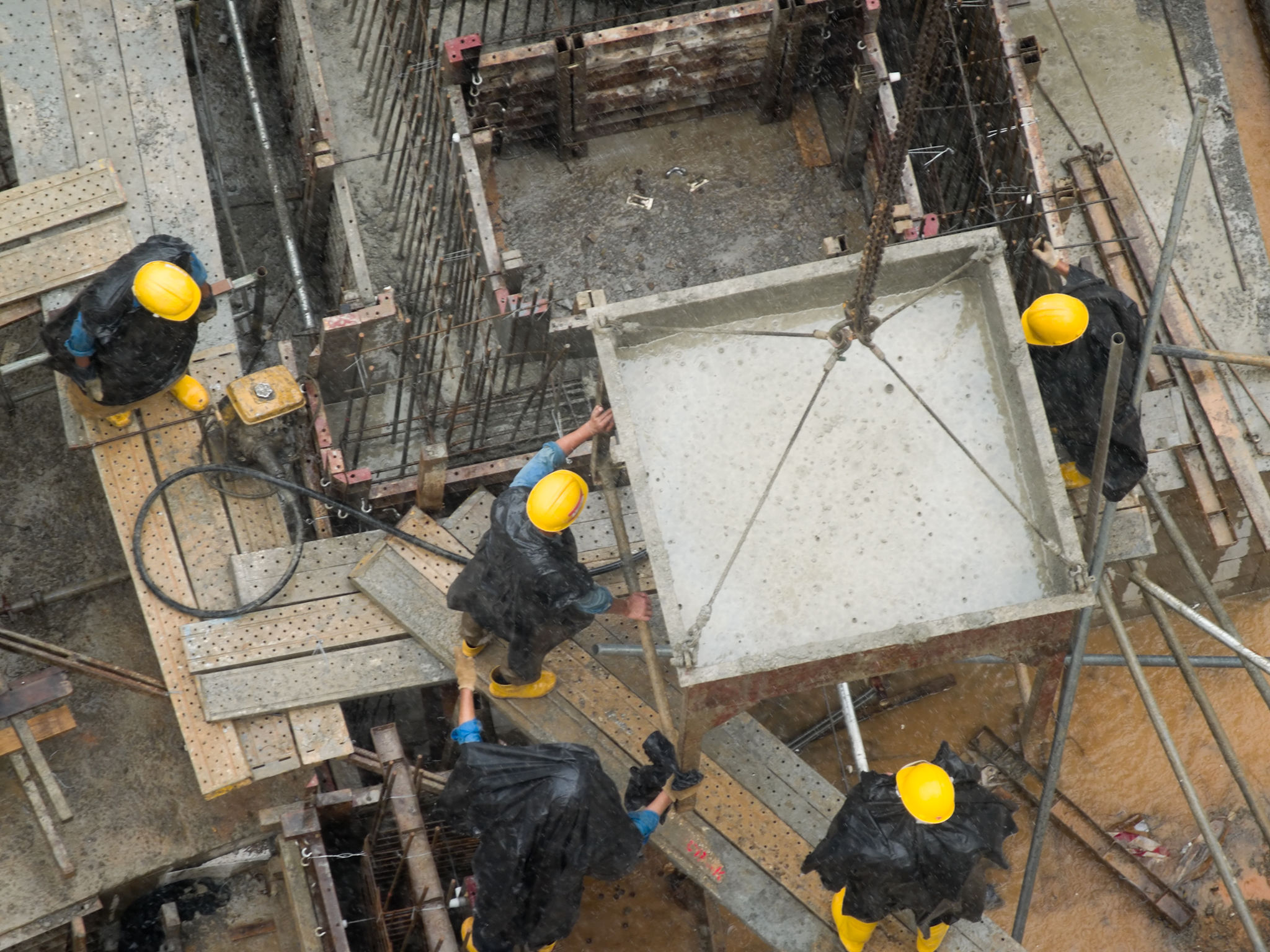The Impact of South Australia’s Weather on Scaffolding Projects
Understanding South Australia's Climate
South Australia’s climate is known for its diversity, ranging from arid and semi-arid in the north to Mediterranean in the south. This wide array of weather conditions can significantly impact scaffolding projects, making it essential for project managers and construction teams to understand and prepare for these environmental variables.

How Heat Affects Scaffolding
One of the most notable weather conditions in South Australia is the intense heat, particularly during the summer months. High temperatures can cause materials to expand, potentially leading to structural instability if not properly accounted for. Workers must also be cautious about heat-related illnesses, ensuring hydration and appropriate work schedules to mitigate risks.
Scaffolding materials such as metal can become extremely hot under direct sunlight, posing a danger to workers. It's crucial to implement safety measures like using gloves and scheduling work during cooler parts of the day.
Wind: A Critical Consideration
Strong winds are another significant factor affecting scaffolding projects in South Australia. High winds can compromise the stability of scaffolding structures, especially those that are not securely anchored. It's important to conduct regular checks and maintenance to ensure all components are tightly secured.

The unpredictability of wind patterns necessitates the use of wind-resistant materials and designs. Project managers should always have contingency plans in place, including securing loose materials and halting work during extreme conditions.
Rainfall and Moisture Challenges
While South Australia is generally dry, the southern regions can experience significant rainfall, particularly in winter. Rain can lead to slippery surfaces, increasing the risk of accidents. Proper drainage systems and non-slip mats are essential to maintain safe working conditions on scaffolding structures.
Moisture can also lead to corrosion of metal scaffolding components if not properly treated. Regular inspections and maintenance are key to preventing long-term damage and ensuring project safety and integrity.

Seasonal Planning for Scaffolding Projects
Given these weather challenges, it is vital for construction teams to plan their projects around seasonal conditions. For instance, scheduling major scaffolding work during milder weather months can help minimize risks associated with extreme temperatures and unpredictable weather changes.
Utilizing weather forecasting tools can aid in anticipating adverse conditions and adjusting project timelines accordingly. Flexibility in project planning is a major asset in managing the impact of South Australia's weather on scaffolding projects.
Conclusion: Adapting to Nature
The impact of South Australia's weather on scaffolding projects underscores the importance of adaptability and proactive planning. By understanding climatic conditions and implementing strategic measures, construction teams can ensure both safety and efficiency in their projects.
As climate patterns continue to evolve, staying informed and prepared becomes not just a best practice but a necessity in the construction industry. Embracing these challenges with innovative solutions will pave the way for successful scaffolding projects across South Australia.
